Do you have a question about the Hisense LTDN50K360HK and is the answer not in the manual?
Covers high voltage, cleaning, and protection from water/lightning.
Covers safe power handling, signal line care, maintenance, and cleaning procedures.
Details how to maintain the LCD screen and general product handling to avoid damage.
Advises on proper placement, ventilation, and viewing conditions.
Provides step-by-step instructions for assembling the TV's base stand.
Guides on safely attaching the assembled stand to the TV unit.
Specifies required space around the TV for adequate air circulation and heat dissipation.
Illustrates and warns against improper placement that blocks ventilation.
Details the purpose of each button on the remote control for TV operation.
Identifies all available input and output ports on the TV for various connections.
Explains the specific purpose and use of each terminal jack on the TV.
Guides on connecting an antenna or cable TV for signal reception.
Details how to connect USB devices and SD cards for data access.
Details how to connect devices using HDMI cables, including signal format support.
Explains how to connect a PC using VGA and audio cables for screen sharing.
Guides on turning the TV on/off, standby mode, and initial power-on procedures.
Covers searching, tuning, and managing TV channels in DTV and ATV modes.
Details how to connect to wired or wireless networks using DHCP or static IP.
Guides on how to check for new system versions and perform the upgrade.
Details how to transmit the PC screen to the TV for viewing.
Lists common TV problems and their recommended solutions.
Covers high voltage, cleaning, and protection from water/lightning.
Covers safe power handling, signal line care, maintenance, and cleaning procedures.
Details how to maintain the LCD screen and general product handling to avoid damage.
Advises on proper placement, ventilation, and viewing conditions.
Provides step-by-step instructions for assembling the TV's base stand.
Guides on safely attaching the assembled stand to the TV unit.
Specifies required space around the TV for adequate air circulation and heat dissipation.
Illustrates and warns against improper placement that blocks ventilation.
Details the purpose of each button on the remote control for TV operation.
Identifies all available input and output ports on the TV for various connections.
Explains the specific purpose and use of each terminal jack on the TV.
Guides on connecting an antenna or cable TV for signal reception.
Details how to connect USB devices and SD cards for data access.
Details how to connect devices using HDMI cables, including signal format support.
Explains how to connect a PC using VGA and audio cables for screen sharing.
Guides on turning the TV on/off, standby mode, and initial power-on procedures.
Covers searching, tuning, and managing TV channels in DTV and ATV modes.
Details how to connect to wired or wireless networks using DHCP or static IP.
Guides on how to check for new system versions and perform the upgrade.
Details how to transmit the PC screen to the TV for viewing.
Lists common TV problems and their recommended solutions.
| Screen Size | 50 inches |
|---|---|
| Display Type | LED |
| Smart TV | Yes |
| HDMI Ports | 3 |
| USB Ports | 2 |
| Wi-Fi | Yes |
| Energy Efficiency Class | A |
| Operating System | VIDAA |


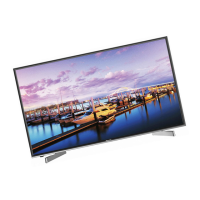
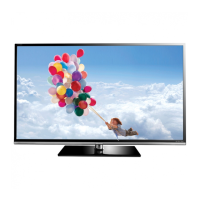

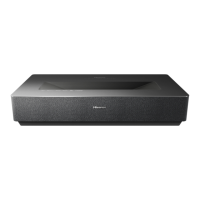

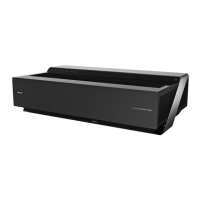


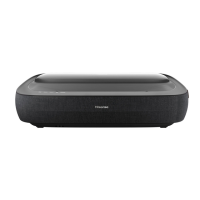
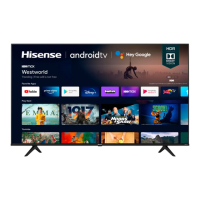
